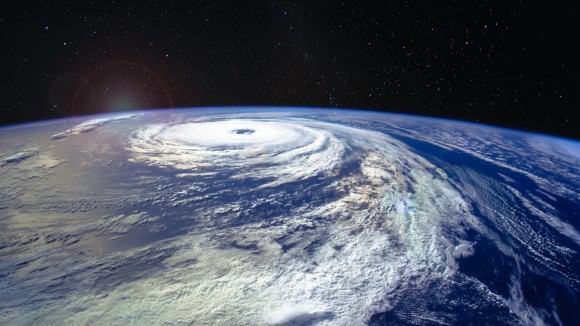This Collection is no longer open for new submissions.
In addition to papers on disaster risk management, Scientific Reports welcomes all original research in earth and environmental sciences and engineering. Click to browse our latest articles in engineering, and earth and environmental sciences.

